Most people have their own ways of maintaining their health or keeping their appearance. Especially as we get older, we must alter how we do these things due to our bodies continuing to change over time. For many people, we don’t like how wrinkles look on our faces and want to preserve our youth, and sometimes we have horrid headaches that never seem to end. But what do those two things have in common? Well, the connection is Botox! But how do they really correlate to each other?” you may be asking. In this blog, we will discuss how Botox can help with more than just cosmetics. What it is, its misconceptions, and what it can do for you.
What is Botox?
Botox is a compound used in medical procedures, usually used for cosmetic reasons, but is also used for health reasons. Botox is “a drug prepared from the bacterial toxin botulin, used medically to treat certain muscular conditions and cosmetically to remove wrinkles by temporarily paralyzing facial muscles.”
What are some misconceptions?
There are a handful of misconceptions for Botox, some having more ground than others. Here are a few of them:
“Botox is toxic, and we don’t know the long-term effects” Botox is a neurotoxin developed from Clostridium botulinum; an organism found in its natural environment where it’s largely inactive. It has been used since the 1980’s so we do know a lot about it.
“Botox will give me a frozen or expressionless look” Usually that happens when you use too much or if your doctor puts too much in a specific area. An experienced injector would know how many units to inject to get the desired effect but also look natural.
“Botox can erase any and all wrinkles” This isn’t completely true. There are 2 types of wrinkles: dynamic & static. Dynamic wrinkles are present with facial movements, static wrinkles are there at rest. While Botox can help improve both kinds of wrinkles, static wrinkles may need additional treatments, such as fillers or laser.
“If you stop doing Botox, your wrinkles will come back and be worse” In the scenario you stop using Botox, the wrinkles will gradually return with repeat movements, but Botox will not worsen them.
“Botox injections are painful!” If done correctly, the procedure should be mostly painless.
“Botox can be addicting” There are no additives in Botox that should be considered addictive. Most people do it to feel more youthful and feel good about their appearance.
“Botox is permanent” It lasts about 3-4 months at a time.
“Botox will affect my whole body” The Botox will only affect the muscle it was injected into and can’t spread further than that.
What is Botox used for that isn’t cosmetics?
While Botox is most used for cosmetic reasons, it can be used for medical reasons as well. There are a few conditions it has proven to help treat, such as chronic migraines. Migraines can be absolutely debilitating when they happen, and can last four or more hours, causing nausea and pain when exposed to noise and bright lights. So, the way Botox helps with this is when it is injected into muscles in the
head and neck every 12 weeks, it
They’re also used to treat conditions such as cervical dystonia, with this dreadful condition, your neck muscles contract involuntarily causing your head to twist or turn into an unpleasant position. Hyperhidrosis, a condition where you have excessive sweating, so even when the temperature isn’t too hot and you’re not exerting yourself. Lazy eye, generally the cause of lazy eye is an imbalance in the muscles in charge of aligning the eye. Eye twitching, Botox injections may assist in relieving contracture or twitching of muscles around the eye. Muscle contractures, some neurological disorders, such as cerebral palsy, can affect your limbs and cause them to pull in toward your center. In many cases, these contracted muscles can be relaxed with Botox. And finally, we have bladder dysfunction. Botox injections is also able to reduce urinary incontinency caused by an overactive bladder.
Side Effects?
Like anything in the medical field, there’s always room for side effects. Botox injections are relatively safe, if you have a licensed professional doing your procedure. While the possibility of side effects is very low, here are some that can happen in the case of side effects. Pain, swelling or bruising at the injection site, headache or flu-like symptoms, droopy eyelid or cockeyed eyebrows, crooked smile or drooling, eye dryness or excessive tearing.
Final Thoughts:
Depending on what medical or cosmetic needs you have, always consult your doctor about any and all options and the safety of you procedure.

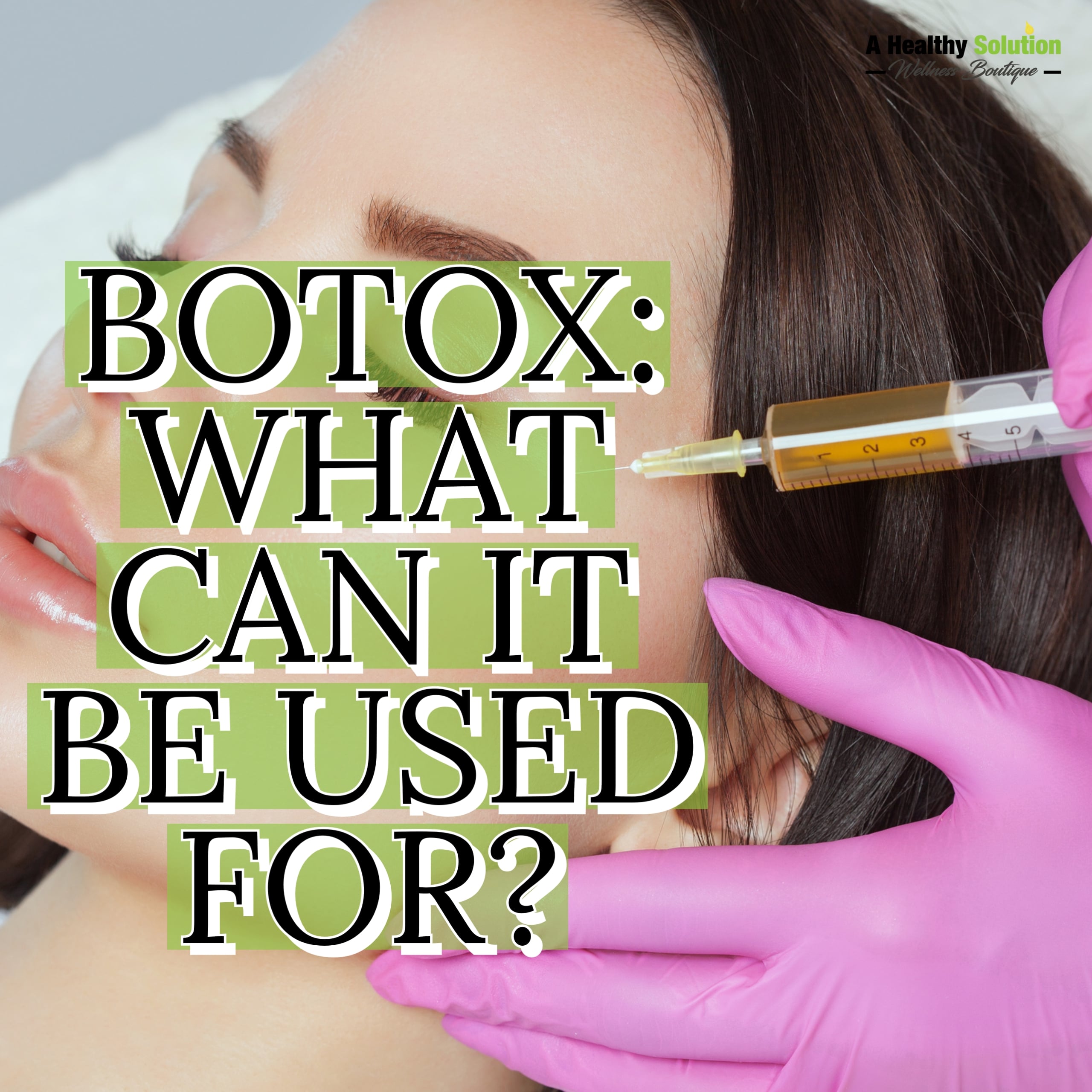
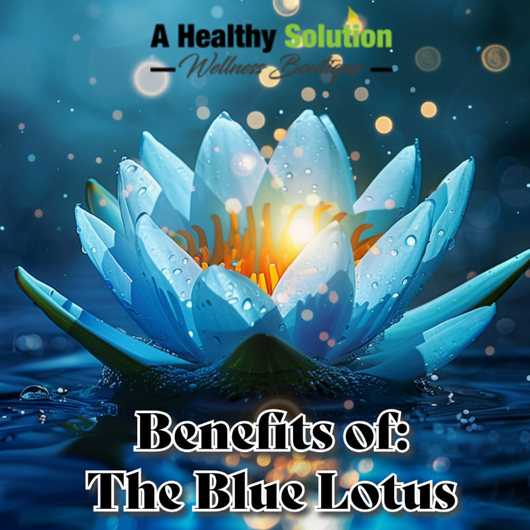
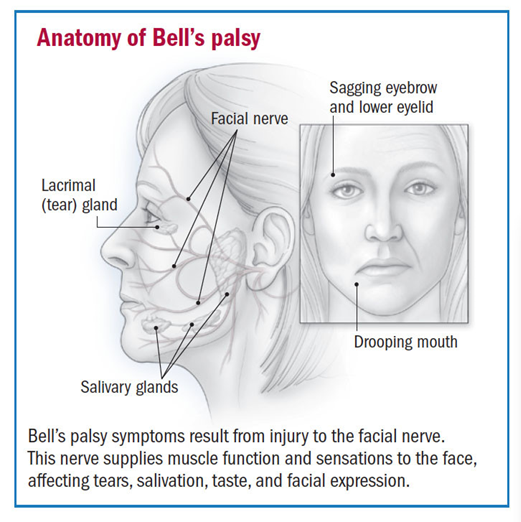
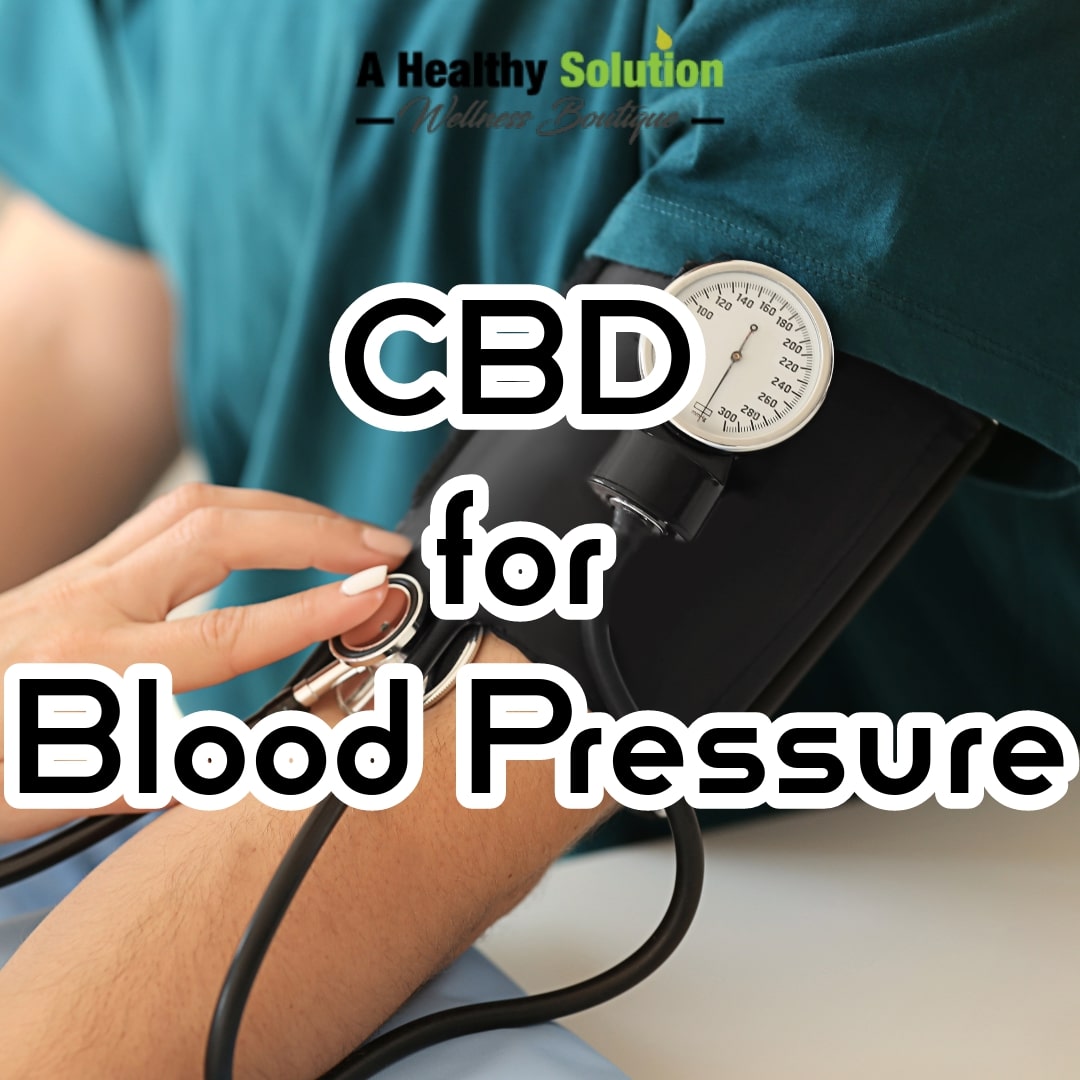
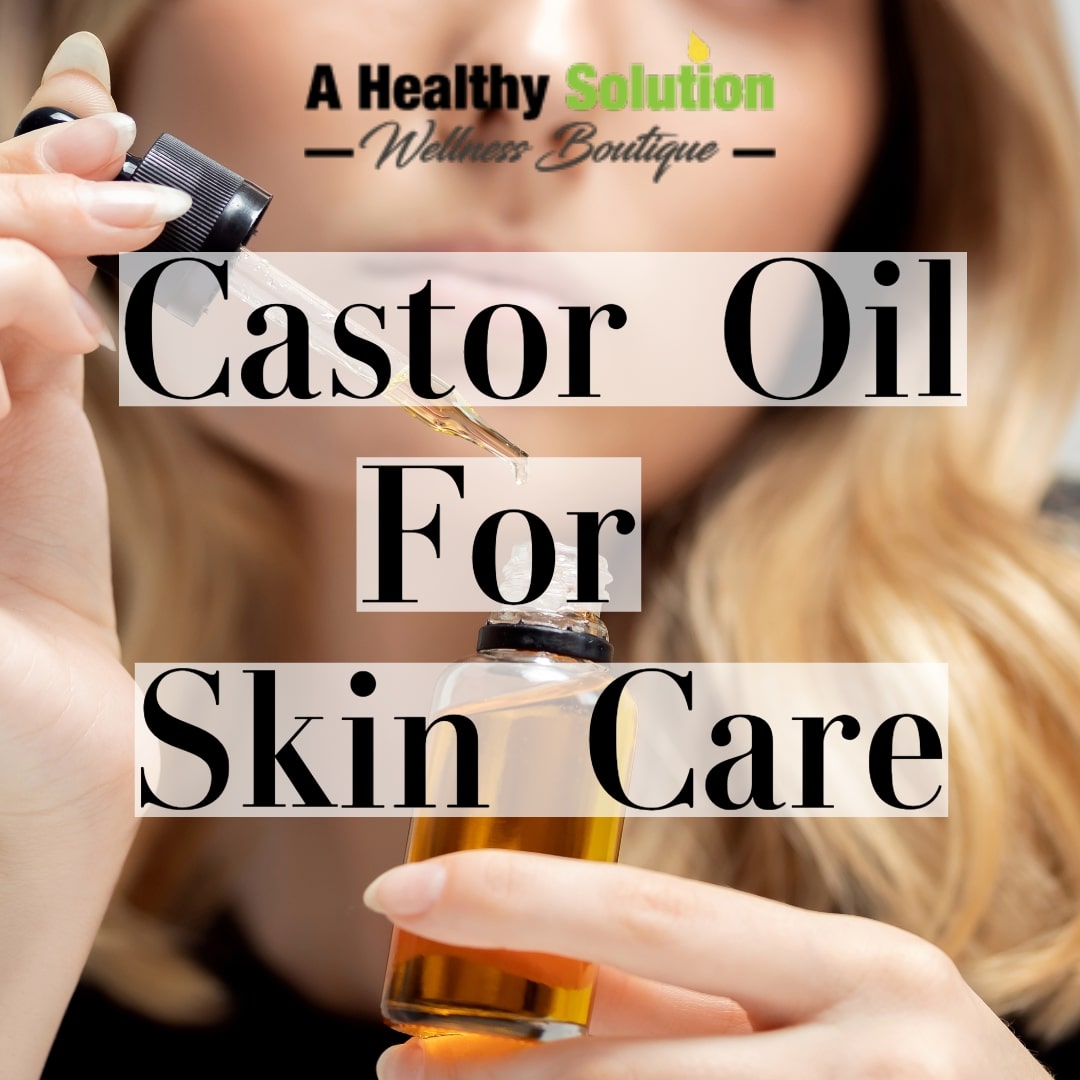
Leave A Comment
You must be logged in to post a comment.